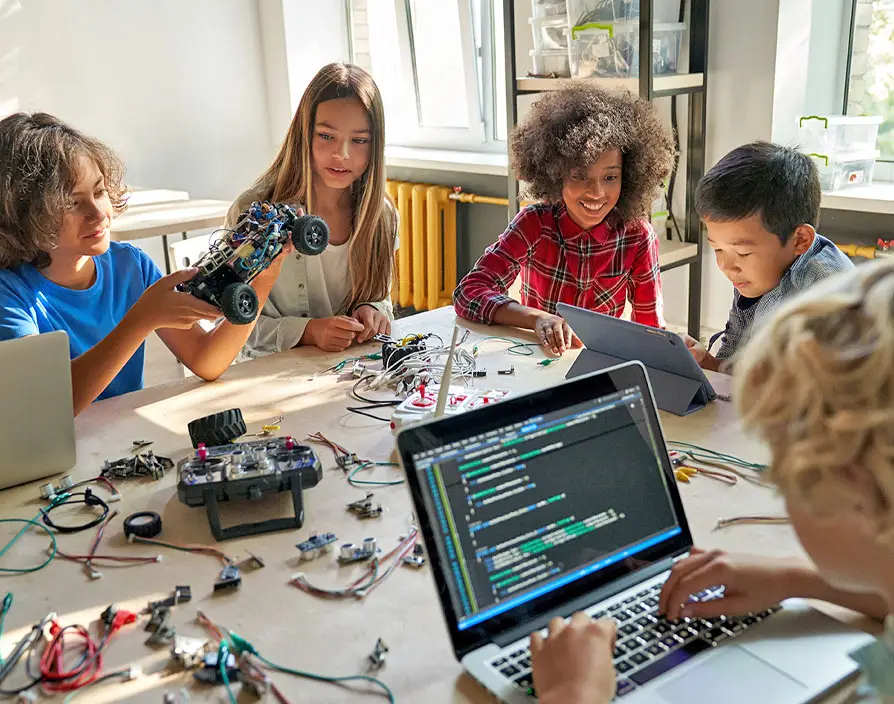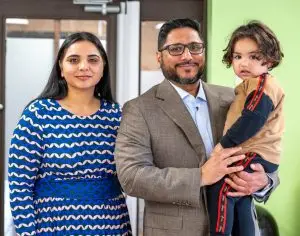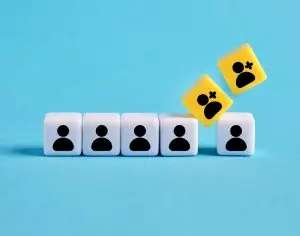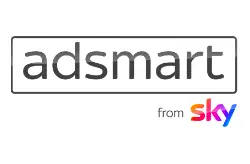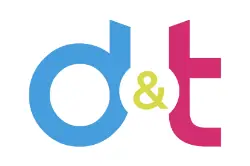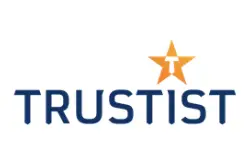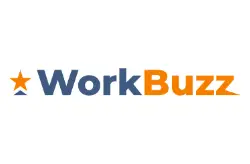Artificial intelligence (AI) refers to the development of computer systems that can perform tasks that would typically require human intelligence, such as learning, reasoning, problem-solving and decision-making. AI is achieved using algorithms and mathematical models that allow machines to learn from data, recognise patterns and make decisions based on that data. As we stand on the brink of a technological revolution that will transform our way of life, and work, we cannot predict its exact course. While there are many unknowns, one thing is certain – we must respond to it in an integrated and comprehensive manner. Implementing AI into business has the potential to increase productivity and operational efficiencies by reducing the time spent on repetitive tasks that can be automated or optimised.
Here, CEO of Code Ninjas, Justin Nihiser, discusses the next generation of AI tools and the significant role they might play in the future of learning, from automated tutoring to grading essays and curriculum content development.
ChatGPT is an advanced chatbot that amassed an astonishing 100 million sign-ups within its first two months1. Its implications on industries across the world are at the forefront of the conversation – and education is no exception. This new technology is challenging conventional teaching methods, but harnessing the power of AI could be transformative for education. If the education sector hopes to utilise AI’s full potential for everyone, the focus should be to continue exposing the next generation to AI early on and utilising the technology in the classroom.
What benefits does AI offer to teachers? By utilising AI, the educational experience becomes more personalised. AI has the capability to learn about each student’s specific needs and interests, analyse their learning abilities and history, and comprehend their learning requirements. Using all this data, AI systems can adapt educational programmes accordingly, providing students with the most relevant and engaging content. Additionally, AI-powered learning platforms gather vast amounts of data to recommend the most suitable learning options based on each student’s cognitive capabilities, paving the way for more customised education.
By leveraging tools like ChatGPT, teachers can input student data to forecast future academic performance and intervene early to provide support to those who need it the most. They can use this data to generate educational content, including ideas for activities that cater to students’ unique needs and interests. Through AI, educators can gain more control over the direction and methods of their students’ learning. By freeing up time typically spent on lesson planning and administrative duties, teachers can dedicate more time to engaging in one-on-one interactions with their students.
Of course, every new revolutionary tool can be met with resistance, and the software has received mixed responses from the academic community, with some believing it can be an excellent teaching aid and others fearing that students will use it for plagiarism. As such, many schools and educators have hesitated to introduce AI and tools like ChatGPT to students over concerns about cheating. However, the potential benefits of using AI as an educational tool far outweigh the risks. One of the most significant advantages of AI is that low-level, repetitive tasks can be delegated to programs such as ChatGPT, freeing up teachers to focus on higher-level tasks that computers cannot yet perform.
AI is not a passing trend; it will continue to improve and become an integral part of our society. Therefore, we should encourage students to think beyond computers and teach them higher-level tasks that computers cannot replicate. Despite their imperfections, AI and ChatGPT can stimulate critical thinking in the classroom. When students understand a topic comprehensively, they can evaluate ChatGPT’s responses in the same way as a teacher. If schools embrace AI thoughtfully as a teaching aid, it can unlock student creativity, inspire critical thinking, offer personalised tutoring, and prepare students to work alongside AI systems in their future careers. As AI is predicted to create millions of jobs, the benefits it can bring to education in the 21st century are immense.
Automated essay scoring and feedback and personalised, adaptive learning experiences tailored to each student’s strengths and weaknesses are just a few examples of the boundless potential of AI in education. ChatGPT and similar programs are leading the way towards a brighter future for education. As we continue to explore this exciting journey, the possibilities are endless.
Whether we like it or not, our dependence on sophisticated information technology in the 21st century is inevitable. The need for proficiency in computing is continuously growing, and the call to make coding a fundamental part of the curriculum is gaining significant momentum. STEM, programming, design, and many other industries now demand computing skills that can only be developed by introducing programming to children from a young age. This trend has led to a surge in demand for Code Ninjas franchises worldwide. Our franchisees share the desire to provide kids with the best possible opportunities in the future and are excited to welcome kids back into the dojo to achieve this goal.
1 Reuters, 2023: ChatGPT sets record for fastest-growing user base
